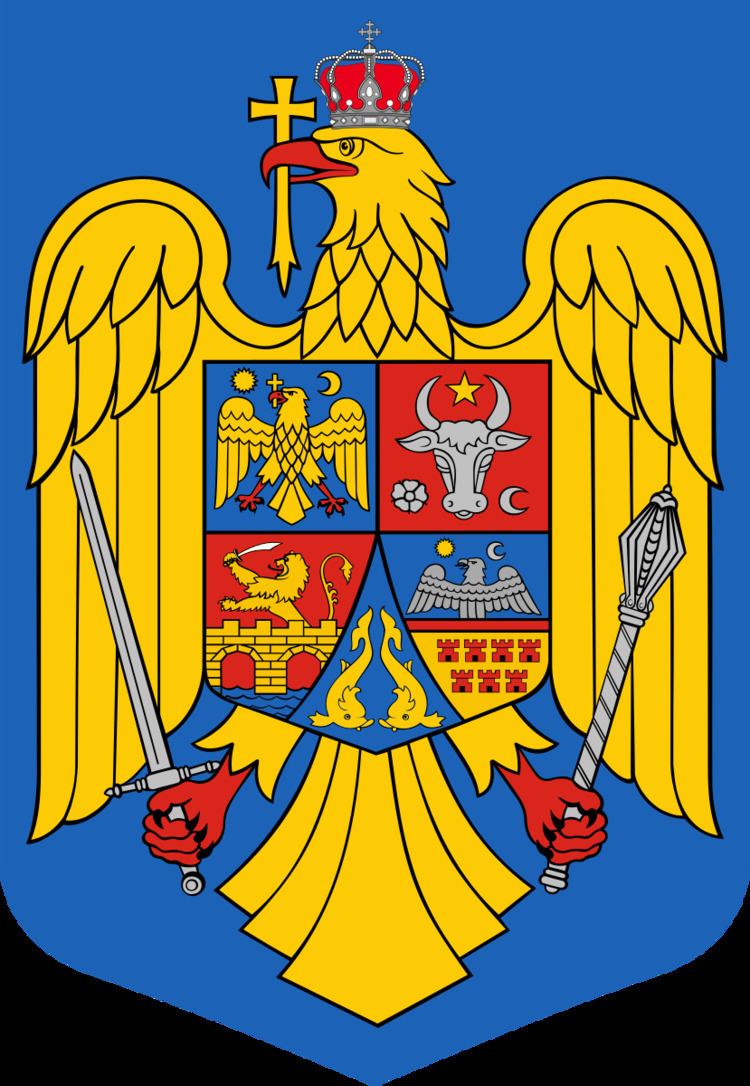There are 10 metropolitan areas in Romania that have been constituted as of 2013.
The current legislation in Romania regulates the status of the 265 cities according to their population and regional importance:
Rank 0 – Bucharest, the capital of Romania - municipality of European importance
Rank I – municipality of national importance, with regional role and potential influence at European level
Rank II – municipality of national, regional or county-level importance, or with equilibrium role in the network of cities
Rank III – cities
Legislation also restricts the possibility to engage into a metropolitan area project to only those cities that are of rank 0 or I. Here is a list of the municipalities that as of 2007 can for metropolitan areas around them with approximate populations. Only three zones have been officially constituted by the end of 2007: Oradea, Iasi and Constanta. At least 9 others are at the level of project.
Iași metropolitan area (since 8 April 2004) – Today it has a population of 382,484 and 832 km².
Oradea metropolitan area (since 9 May 2005) – It had a population of 258,800 in 2008 being the largest urban area in the Crișana historical region, surpassing the city of Debrecen.
Târgu Mureș metropolitan area (since 2005) – It has a total population of 212,752.
Baia Mare metropolitan area (since 2006) – It includes 19 localities and has a population of 237,348 inhabitants.
Constanța metropolitan area (since December 2007) – It hosts 70% of the county population, 446,595 inhabitants, on an area totaling 33% of the administrative territory of Constanța.
Brașov metropolitan area (since 2007) – Now has a population of 415.668 inhabitants and 1.744,83 km² . It includes the cities of Codlea, Săcele, Ghimbav, Predeal, and Râşnov.
Cluj-Napoca metropolitan area (since 2008) – In 2011, the population of the metropolitan area was estimated at 392,562, with a total area of 1,626 km².
Craiova metropolitan area (since 11 February 2009) – It has a population of 333,834.
Satu Mare metropolitan area (since 2013) – In 2013, the population of the metropolitan area was estimated at 243,600, with a total area of 1,988 km². It includes 3 cities and 22 communes.
Piatra Neamț metropolitan area (since 2013) – It comprises 2 cities and 7 communes.
Bucharest metropolitan area – Today it has a population of about 2.2 million and is only slightly larger than the city proper. There are plans to greatly enlarge the metropolitan area all the way to the Danube. A possible name would be Greater Bucharest. Currently, the project advances slowly.
Timișoara metropolitan area – In 2016, the population of the metropolitan area was estimated at 466,734 with a total area of 2439,19 km².
Danube metropolitan area – It is formed by the cities of Galaţi and Brăila and is estimated to have a population of about 450,000.
Bacău metropolitan area – It includes the urban area of Bacău and other surrounding localities, with a total population of around 200,000.
Ploiești metropolitan area – It is made up of the urban area of Ploieşti and other surrounding localities. It has a population of more than 300,000.
Suceava–Botoșani conurbation – It includes the metropolitan areas of Suceava and Botoșani, with a total population of over 300,000 inhabitants.
*Timișoara and Arad intend to form the Arad–Timișoara Conurbation.
In the EU, a Functional Urban Area (FUA) - formerly known as larger urban zone (LUZ) - consists of a city and its commuting zone. The LUZ definition was introduced in 2004 by Eurostat, as a measure of the population and expanse of metropolitan areas in Europe.

